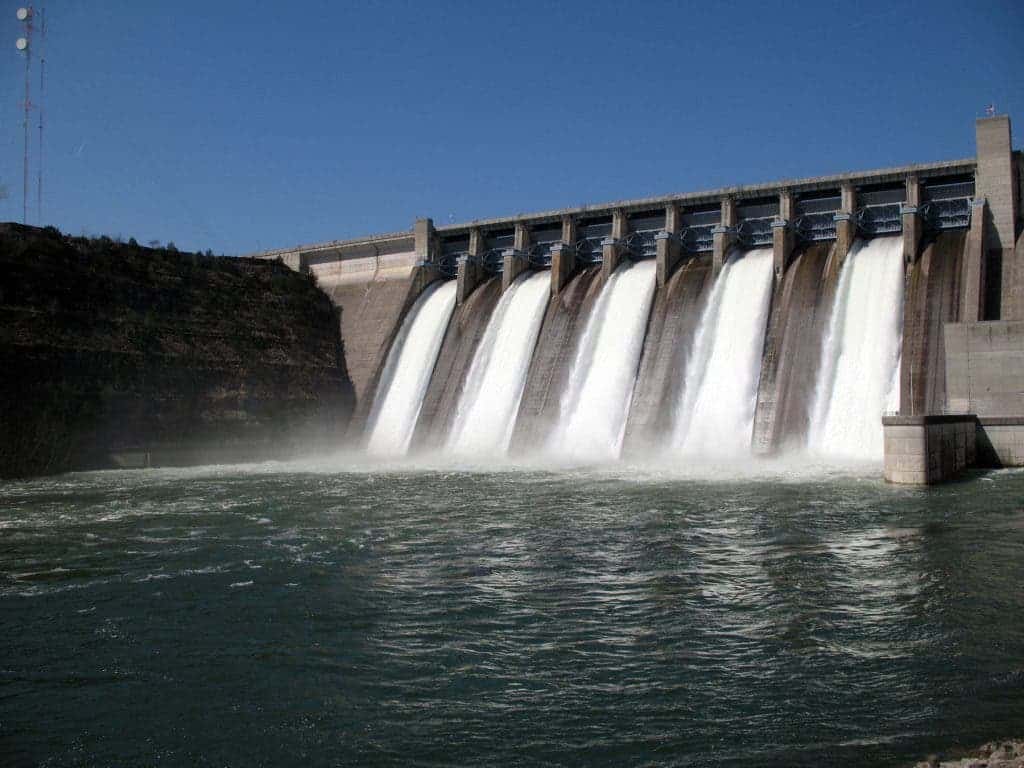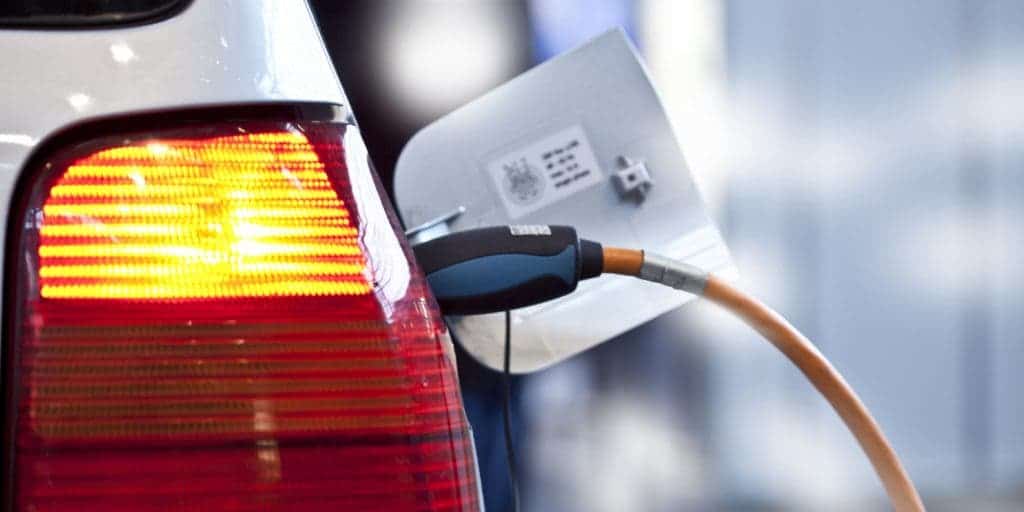Converting the power infrastructure to rely on clean, renewable energy seems like a daunting, expensive and some would say, unachievable task. But Mark Z. Jacobson, professor of civil and environmental engineering at Stanford, and his colleagues, including U.C. Berkeley researcher Mark Delucchi, are the first to outline how each of the 50 states can achieve such a transition by 2050. The plan relies on technologies and methods currently available and calls for aggressive changes in the way power is produced, transmitted and used, with solutions and methods tailored individually for each of the 50 states.

“The main barriers are social, political and getting industries to change. One way to overcome the barriers is to inform people about what is possible,” said Jacobson. “By showing that it’s technologically and economically possible, this study could reduce the barriers to a large scale transformation.”
The team started by looking at the current energy demands under four categories per state: residential, commercial, industrial and transportation. They then extrapolated how these would change by 2050 under business-as-usual circumstances.
After getting a good idea of how much power is used and by whom, they analyzed how much fuel each sector uses and it’s source — fossil, nuclear or renewables — and calculated the total need for power should all these consumers switched to using electricity. In other words, how much power would be needed if all cars were electric, if homes used only electric heating and cooling systems, if industry relied only on electricity for their power needs.

Imagie via: huffingtonpost.com
When we did this across all 50 states, we saw a 39 percent reduction in total end-use power demand by the year 2050,” Jacobson said. “About 6 percentage points of that is gained through efficiency improvements to infrastructure, but the bulk is the result of replacing current sources and uses of combustion energy with electricity.”
The next step was to look at the suppliers. The researchers focused on meeting each state’s power demands using only the renewable energies — wind, solar, geothermal, hydroelectric, and tiny amounts of tidal and wave — available to each state. They looked at each state’s sun exposure, and at the number of southern facing, non-shaded roofs that can house solar panels. They put together and used wind maps to find out if local and offshore turbines were an option. Thirteen states were also found to have economically-viable geothermal energy potential. No new power dams were proposed, but the plan aims to improve the efficiency of the ones already in usage.
The power ratios they propose for 2050’s America is this:
- 30.9% onshore wind .
- 19.1% offshore wind photovoltaics (PV).
- 7.2% rooftop PV.
- 7.3% concentrated solar power (CSP) with storage.
- 1.25% geothermal power.
- 0.37% wave power.
- 0.14% tidal power.
- 3.01% hydroelectric power.
- 4.4% and 7.2% of power beyond that needed for annual loads would be supplied by CSP with storage and solar thermal for heat, respectively, for peaking and grid stability.
In their study they show how the shift towards renewables would stimulate the economy by creating jobs, reduce power-inefficiency across the board and directly impact our lives by improving the quality of the environment we live in. They estimate that this will save the lives of nearly 46.000 people who die prematurely due to pollution-associated conditions each year, reducing the country’s health system spending by US$ 600 bil. and carbon emission-associated costs by US$ 3.3 tril. in 2050.
“When you account for the health and climate costs — as well as the rising price of fossil fuels — wind, water and solar are half the cost of conventional systems,” Jacobson said. “A conversion of this scale would also create jobs, stabilize fuel prices, reduce pollution-related health problems and eliminate emissions from the United States. There is very little downside to a conversion, at least based on this science.”
The roadmaps they set out for each individual state aims to achieve 80% transition by 2030 and full conversion by 2050. But the team is optimistic in the nation’s ability to reach the goals, and show that several states are already well on their way: Washington state, for example, could perform the transition quite easily as it already draws 70% of its energy from hydroelectric sources. Wind and solar could fill most of the remaining power requirements. Iowa and South Dakota also generate nearly 30% of their electricity from wind turbines.

Image via: bls.gov
California, which was the focus of Jacobson’s second single-state roadmap to renewables after New York, has already adopted some of his group’s suggestions and has a plan to be 60 percent electrified by renewables by 2030.
The guys over at thesolutionsproject.org have put together a really handy application showing the proposed power mixes for each state in the USA, so a big shout-out to them for the effort and superb results (it has nice colours and it’s interactive. Sweet).
As Jacobson himself said, the biggest obstacles this plan has to overcome are social, political, and economic. Huge industry has huge inertia, and the changes proposed in this green plan would affect each and everyone of us in our day-to-day life.
But i feel that we, as humans, after becoming such a huge force on our home planet, being able to influence so much of our environment and the natural systems that were in place long before we showed up, have taken upon ourselves the responsibility for it’s well being. Jacobson’s plan gives us a way to do so while also making life better for ourselves. And i support it full-heartedly.






